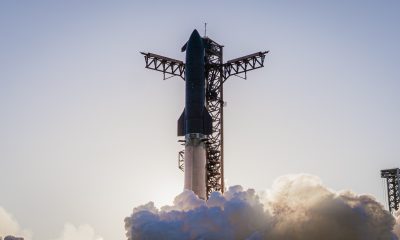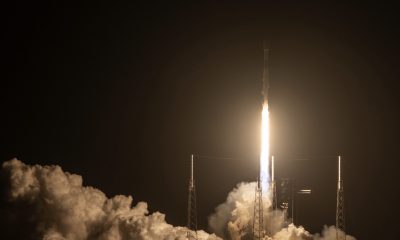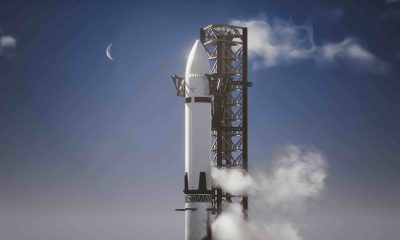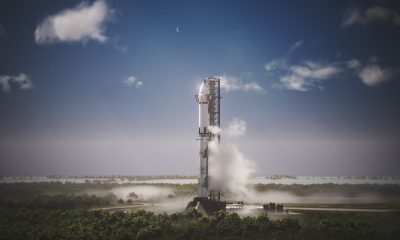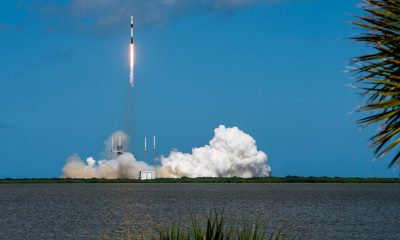
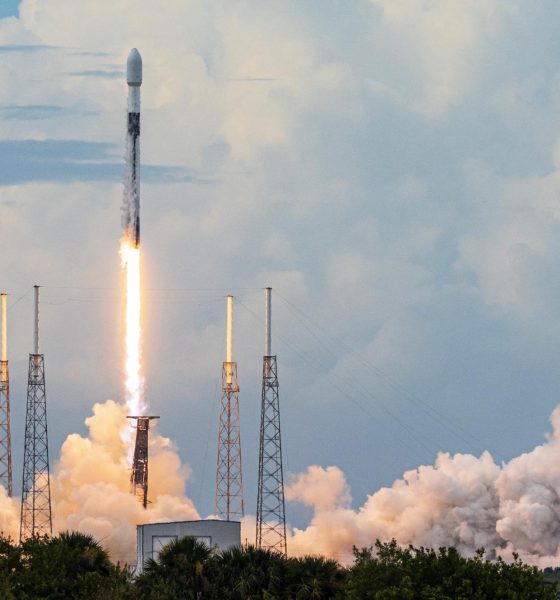
News
SpaceX completes 35th Falcon 9 launch in 33 weeks
SpaceX has successfully launched the SES-22 communications satellite to a geostationary transfer orbit, ending the first half of 2022 with 27 orbital launches under its belt.
Perhaps more importantly, SES-22 was also SpaceX’s 35th launch since its last multi-week launch hiatus, which ended 33 weeks ago. SpaceX, in other words, has just a third of the way to go to achieve a running average of one launch per week over a 12-month period – not CEO Elon Musk’s exact goal but equally impressive.
After a one or two-day delay, Falcon 9 lifted off without issue from SpaceX’s Cape Canaveral Space Force Station (CCSFS) LC-40 pad at 5:04 pm EDT. Flying for the second time, booster B1073 carried the SES-22 satellite, payload fairing, and a roughly 100-ton (~220,000 lb) Falcon upper stage most of the way out of Earth’s atmosphere before separating, navigating back to Earth, and landing aboard drone ship A Shortfall Of Gravitas (ASOG) some 666 kilometers (~413 mi) off the coast of Florida. Before touchdown, B1073 reached a maximum speed of 2.25 kilometers per second (Mach ~6.6 or 5000 mph) and coasted to an apogee of 120 kilometers (~75 mi).
Falcon 9’s expendable upper stage performed as expected and propelled SES-22 into a temporary parking orbit before reigniting to boost the satellite into a geostationary transfer orbit, where the two parted ways. The upper stage will likely perform a third and final burn to lower its periapsis, ensuring it burns up in Earth’s atmosphere instead of becoming space debris. SES-22 is expected to take just one month to finish raising and circularizing its orbit, after which it will begin providing US customers satellite TV and other communications services in August.
SES-22 is just the first of several new satellites SES intends to launch this year, all of which are meant clear a specific section of radio spectrum that ground-based 5G networks will benefit more from. The FCC is paying SES and several other providers billions of dollars to free up that spectrum. Following SES-22, SES intends to launch another two pairs of satellites – SES-18/19 and SES-20/21 – on a Falcon 9 and Atlas V rocket before the end of 2022, though delays are likely.


According to Spaceflight Now, a ULA Atlas V rocket could launch the Boeing-built SES-20 and SES-21 satellites as early as late August or September, while a Falcon 9 rocket could launch another pair of Northrop Grumman-built SES-18 and SES-19 satellites “around the end of the year.”
SES-18/19 is just one of dozens of additional SpaceX Falcon launches planned for the second half of 2022. NextSpaceflight and several other unofficial manifests indicate that SpaceX has 30-35 launches nominally scheduled before the end of 2022, including at least 10 Starlink missions. In the first half of the year, SpaceX has managed 27 launches – 15 Starlink missions and 12 commercial missions. While that leaves SpaceX firmly on track to accomplish his initial goal of an average of one launch per week this year, 30-35 launches in H2 would align with Musk’s updated target of 60 launches in 2022.
News
“Tesla Ride” program lets riders experience FSD and Grok AI in real-world demos
The initiative aims to bring supervised Full Self-Driving demos and Grok AI-guided experiences to consumers in real world trips.

Tesla has launched a new service designed to make its Full Self-Driving (FSD) technology familiar to all commuters.
Dubbed the “Tesla Ride” program, the initiative aims to bring supervised Full Self-Driving demos and Grok AI-guided experiences to consumers in real world trips.
How Tesla Ride Works
As per the official Tesla Ride website, the session will allow participants to sit in the driver’s seat while a Tesla Advisor rides shotgun as co-pilot. The Tesla Advisor then guides riders through the company’s latest supervised FSD features, comfort settings, and in-car entertainment. Participants would also be able to interact with Grok AI in the vehicles. Grok will be capable of answering questions during the ride, and it will even tell stories along the way.
Tesla noted, however, that Tesla Ride sessions are capped at 45 minutes each, and it requires participants to have a valid driver’s license and insurance. Interested participants are also advised to call beforehand so they can schedule their Tesla Rides.
Marketing push and reach
The Tesla Ride program runs across several markets from October into November, and in some locations into the end of December 2025. Participating states are numerous, from Michigan to Virginia to Illiois, Nevada, and California, among others. A look at the official webpage for Tesla Ride shows that the company is still taking a very cautious approach with the program, with disclaimers clearly stating that FSD Supervised does not make Teslas autonomous just yet.
Tesla’s focus on safety with FSD was highlighted recently by Senior Vice President for Automotive Tom Zhu. “Elon said it in 2021: “For self-driving, even if the road is painted completely wrong and a UFO lands in the middle of the road, the car still cannot crash and still needs to do the right thing.
“The prime directive for the autopilot system is: Don’t crash. That really overrides everything. No matter what the lines say or how the road is done, the thing that needs to happen is minimizing the probability of impact while getting you to your destination conveniently and comfortably,” the executive stated.
Elon Musk
Tesla to ramp to 500 Robotaxis in Austin, 1,000 in Bay Area, by end of 2025: Musk
This was, at least, as per recent comments from CEO Elon Musk during his appearance on the All-In podcast.

Tesla’s Robotaxi pilot is still in its early stages, but it seems like the program in Austin and the Bay Area will see a notable update soon. This was, at least, as per recent comments from CEO Elon Musk during his appearance on the All-In podcast.
Robotaxi expansion
While discussing Tesla’s Robotaxi ambitions, Elon Musk shared some tidbits about the company’s targets for the autonomous ride-hailing program. As per Musk, Tesla is pushing to increase its Robotaxi fleet size in Austin to 500 units. The Robotaxi fleet in the Bay Area will also be increased to 1,000 units. These expansions are expected to be accomplished by the end of the year.
“We’re scaling up the number of cars to, what happens if you have a thousand cars? Probably we’ll have a thousands cars or more in the Bay Area by the end of this year, probably 500 or more in the greater Austin area,” Musk said in the podcast.
Considering that there are only two months left in the fourth quarter of 2025, Tesla’s Robotaxi team will likely be extremely busy during the next eight weeks. A successful expansion of the Robotaxi pilot in Austin and the Bay Area will also bode well for the company’s ride-hailing program, which has been pretty conservative as of late.
Musk’s Robotaxi comments
Elon Musk has been pretty clear in the past that Tesla’s FSD and Robotaxi network would play a huge role in the company’s future valuation and potential. Thus, during the third quarter earnings call, Musk highlighted that Tesla will also be transitioning to a system with no safety monitors in Austin by the end of the year.
“We are expecting to have no safety drivers in at least large parts of Austin by the end of this year. So within a few months, we expect to have no safety drivers at all in at least parts of Austin. We’re obviously being very cautious about the deployment,” Musk said during the Q3 2025 earnings call.
Elon Musk
Neuralink’s first patient could receive an upgrade: Elon Musk
Musk stated that Arbaugh could also be the first Neuralink patient to receive an upgrade.

Neuralink’s first human patient might be in line for a very interesting development in the future.
Based on recent comments from Elon Musk, Neuralink seems to be considering an “upgrade” for its first human patient, allowing him to perform even more sophisticated tasks using only his mind.
Elon Musk’s recent comments
Musk’s update came as a reply to an X post that featured some details about the current activities of Noland Arbaugh, the first person in the world to receive a Neuralink implant. Since receiving his implant, Arbaugh has been able to take back his life, and he now games, attends class, and even works as a paid speaker.
In his response, Musk stated that Arbaugh could also be the first Neuralink patient to receive an upgrade. “Noland might be the first to receive a Neuralink upgrade and/or dual Neuralink implant to further augment his abilities. It won’t be long before a Neuralink recipient can beat most and eventually all humans at fast reaction video games,” Musk wrote in a post on X.
Noland’s recent update
Noland actually provided a quick update about his life with his Neuralink implant, which he fondly named Eve, on X. He noted that his direct involvement with Neuralink has lessened as more participants have joined the company’s human trials. And despite a recent pressure sore setback, he remains optimistic and teased “big news” coming for his two-year update in early 2026.
Beyond his recovery, Arbaugh stated that Neuralink has made everyday goals achievable again. He is currently studying neuroscience, taking chemistry, biology, and pre-calculus and maintaining good grades, something he said would have been impossible without Neuralink.
-
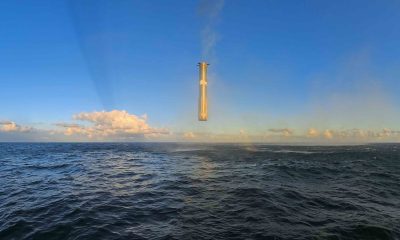
 Elon Musk2 weeks ago
Elon Musk2 weeks agoSpaceX posts Starship booster feat that’s so nutty, it doesn’t even look real
-
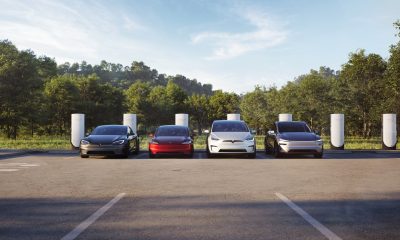
 Elon Musk2 weeks ago
Elon Musk2 weeks agoTesla Full Self-Driving gets an offer to be insured for ‘almost free’
-
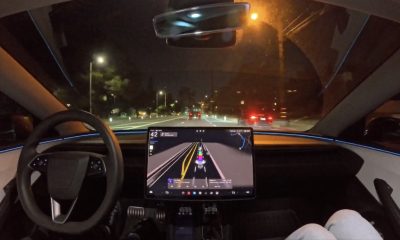
 News2 weeks ago
News2 weeks agoElon Musk confirms Tesla FSD V14.2 will see widespread rollout
-

 News2 weeks ago
News2 weeks agoTesla is adding an interesting feature to its centerscreen in a coming update
-
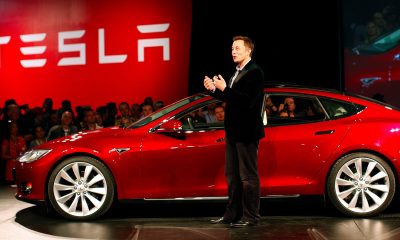
 Elon Musk2 weeks ago
Elon Musk2 weeks agoTesla CEO Elon Musk’s $1 trillion pay package hits first adversity from proxy firm
-
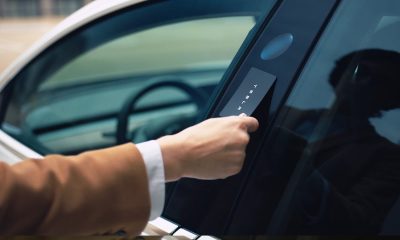
 News2 weeks ago
News2 weeks agoTesla might be doing away with a long-included feature with its vehicles
-
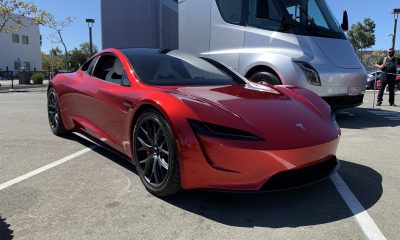
 News2 weeks ago
News2 weeks agoTesla updates fans on its plans for the Roadster
-

 Elon Musk2 weeks ago
Elon Musk2 weeks agoAfter moving Tesla to Texas, Elon Musk is back in the Bay Area with Neuralink expansion


